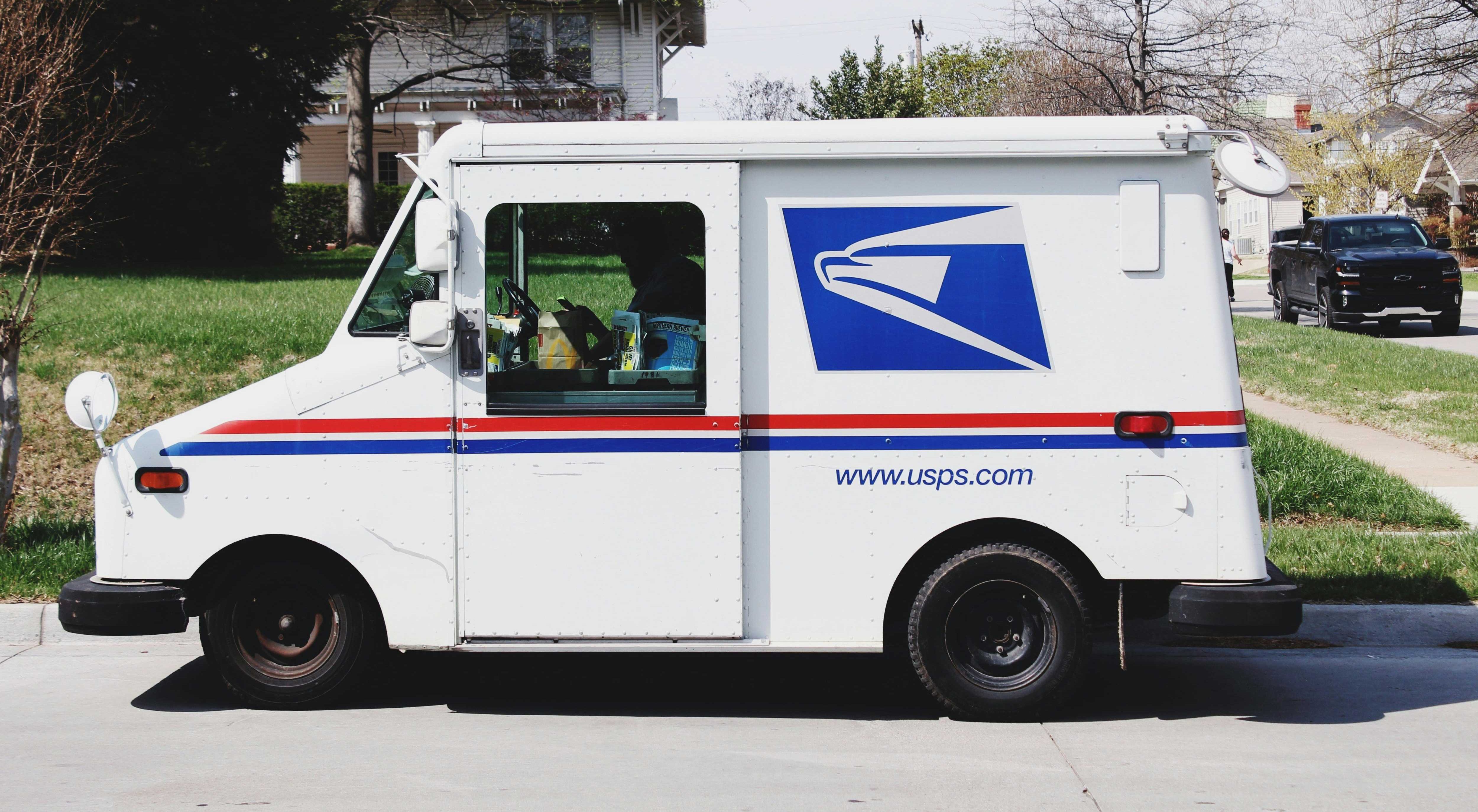How breastfeeding actually works is seriously awe-inspiring
Let's take a moment to marvel at this miraculous process.

A viral video shows what's happening beneath the surface when a baby breastfeeds.
Let me start by saying I don't care whether you breastfeed or not. Everyone's circumstances are different, no one needs to explain why they did or didn't breastfeed their babies and we'd all be better off with far fewer judgments across the baby-feeding spectrum.
With that disclaimer out of the way, can we at least all agree that breastfeeding is freaking awesome?
I mean, the whole biological process of growing an entire human practically from scratch is mind-blowing all by itself. But the fact that our bodies then create food to feed that human, with a whole system for how and when that food gets made and released, is just so cool.
A CGI video depicting the process in a simple, clear way has people marveling at how it all works. The video gives an internal view of what's happening below the skin's surface as a baby latches on. (The depiction of the latch isn't great, FYI—a proper latch is an important part of breastfeeding working as it should, but what comes after is the cool part.)
We could get into some nitty gritty anatomical terms here, but the high-level explanation of what's happening is that when a baby suckles, a signal is sent to the mother's brain. That signal prompts the release of the hormones prolactin (which stimulates milk production in the alveoli—the grape-like clusters in the video) and oxytocin (which stimulates the muscles around the alveoli to push the milk into the milk ducts—the white tubes).
It's a basic but beautiful biological process, the way the baby, brain and breast communicate and coordinate to make and deliver milk on demand.
Watch:
\u201cLactancia materna\u2026\ud83c\udf7c\ud83d\udc76\u201d— Julio (@Julio) 1660031855
But that's just the mechanics. There's so much about breastfeeding that's scientific but feels like magic.
For instance, the flavor of breastmilk changes depending on what the person breastfeeding eats, which means baby gets to experience a range of taste sensations starting very early. That may not seem particularly consequential, but studies have found that children who breastfeed tend to be less picky and more willing to try different foods later on.
It can also change color, ranging from blue to green to yellow to pink. Neat, huh?
Breastmilk also changes to meet a child's nutritional needs as they get older. If you watch the last eight seconds or so of the video, you can see the flow of milk stop and then see a reverse flow coming from the baby's mouth. That's the baby's saliva, which contains chemicals that react with the mother's body to adjust the makeup of the breastmilk to meet the baby's needs at any given stage. So cool.
That same saliva exchange can also prompt the mother's body to add germ-fighting elements (leucocytes, antibodies, etc.) to her breastmilk that help fight infections. Such immune boosting can happen when either baby or mom are sick, providing an immune boost for baby.
We may not think of it this way, but breastmilk is actually a living substance containing live cells. And there's still so much we're learning about what it can do, not just for babies but for non-nutritional medicinal purposes as well.
So often, the wonder of it all gets lost in the debates and judgments that surround breastfeeding. Not everyone can breastfeed and there are a million challenges that can get in the way of it feeling like a magical experience, even for those who do it. But that doesn't change the fact that breastfeeding is a miraculous process when it works.
Let's just take a minute to appreciate the incredible way breasts can manufacture and deliver baby food, always at the perfect temperature, through a process that continually individualizes that food to make it ideal at every stage. Our bodies are simply amazing.
This article originally appeared on 8.11.22
- A note about breastfeeding advocacy during a formula shortage ... ›
- Breastfeeding mom shares her humiliating experience with airport ... ›
- The AAP has updated how long breastfeeding is recommended ... ›
- Fetuses smiled at carrots and scowled at kale in new study - Upworthy ›
- Fetuses smiled at carrots and scowled at kale in new study - Upworthy ›
- The mental health benefits of awe - Upworthy ›




 The pay is good and you get to drive this sweet truck around!Photo by
The pay is good and you get to drive this sweet truck around!Photo by  Three USPS boxes. via
Three USPS boxes. via 

 Philip painted this blue mountain lake piece with help from a YouTube tutorial. bruncvik/reddit
Philip painted this blue mountain lake piece with help from a YouTube tutorial. bruncvik/reddit  Here's what the painting was "supposed" to look like. She'z ART/YouTube
Here's what the painting was "supposed" to look like. She'z ART/YouTube  I love this haunting purple and orange piece Philip painted! bruncvik/reddit
I love this haunting purple and orange piece Philip painted! bruncvik/reddit  A YouTube tutorial of a sunset river helped Philip learn to paint the scene. She'z ART/YouTube
A YouTube tutorial of a sunset river helped Philip learn to paint the scene. She'z ART/YouTube 
 Traditional strawberry farming takes up a lot of land.
Traditional strawberry farming takes up a lot of land. Strawberries are a wildly popular fruit.
Strawberries are a wildly popular fruit.